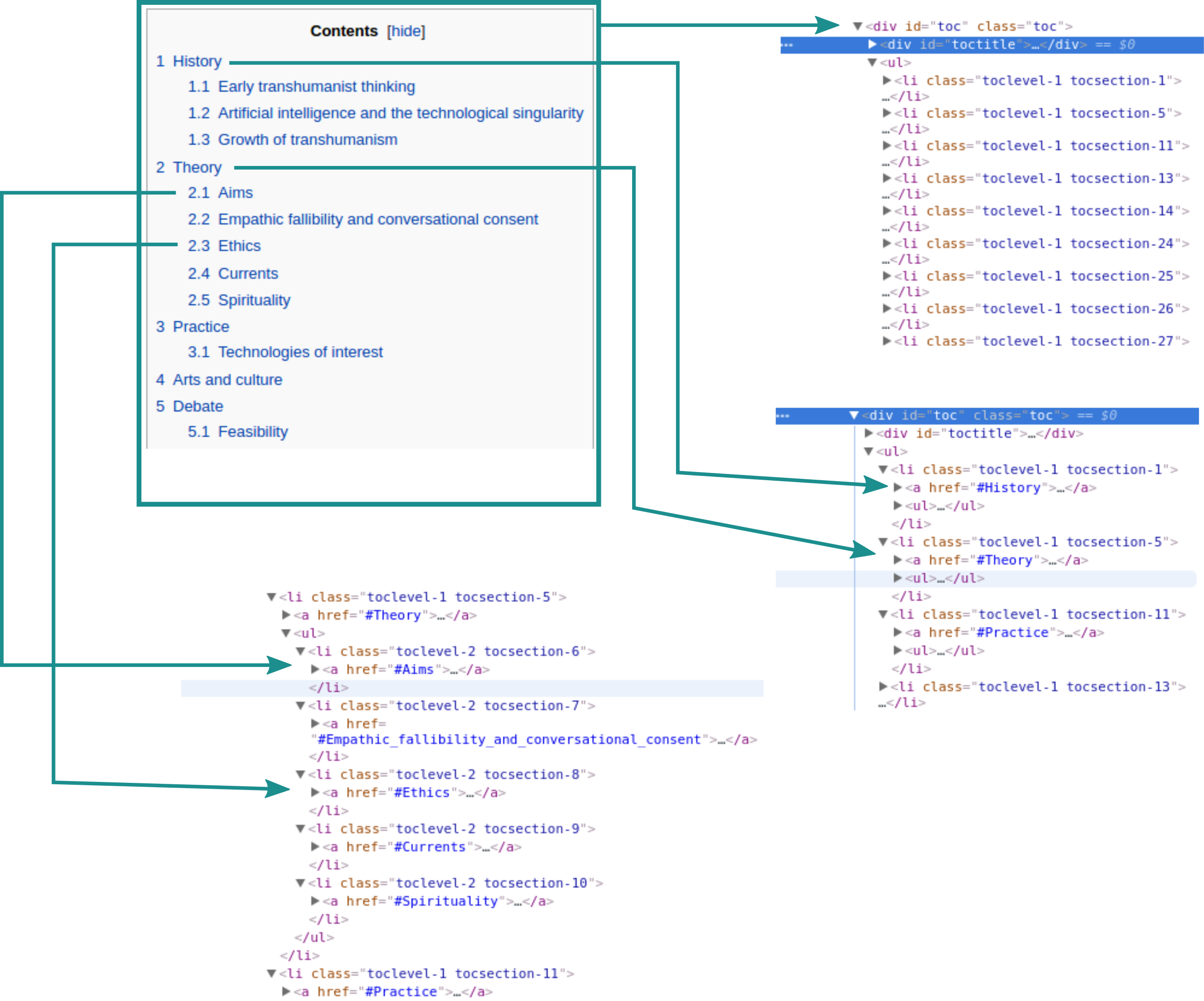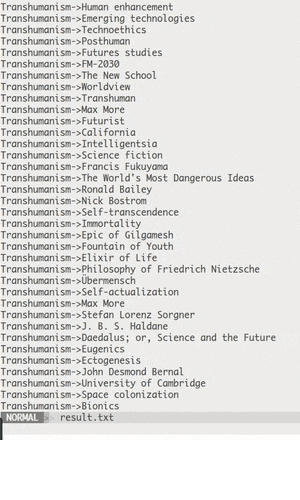Web scraping is a technique to extract information from web pages. There are more than 1 billion websites on the internet, that we know of. There are billion and billions of static and dynamically generated documents online. In this huge pile of HTML content, how can we gather information that is remotely useful to us? First of all, the site owners want you to access their site, for one reason or another. They annotate their documents with tags and catchy keywords, that will help search engines deliver content relevant to you. Second, there is structure to every HTML page. The web developers use a hierarchy of semantically meaningful tags to structure their content. We can make use of this structure, to extract content that are useful to us.
Why would I do that?
I don’t know why people scrape the web. I just know why I do it. I am a Machine Learning researcher. My models are data-hungry. More the data, better the model. Web scraping goes hand in hand with Machine Learning. For people working in Natural Language Processing, the Internet is a gold mine. You just need the right tools, to get it to cough up the good stuff.
This blog post will cover the workflow of scraping a website, step by step.
- Reconnaissance : After deciding the kind of information we want, We find a page where we can start. We will then inspect the elements that matter to us and find out their tag (div, p, etc) and the class if necessary. Open up a scrapy shell and try to get the information we need, by accessing the corresponding element using xpath. Alternately, we can open up a ipython console and dissect the contents of the page, with Beautiful Soup.
- Crawling : Then, we use this logic in our code, to extract data recursively. Typically we will jump from page to page, by extracting links that match a pattern.
- Aquisition : During this process, any useful information we need, say text, images, etc, will be downloaded and saved to disk.
Beautiful Soup
Beautiful Soup is a Python library for pulling data out of HTML and XML files. It works with your favorite parser to provide idiomatic ways of navigating, searching, and modifying the parse tree. It commonly saves programmers hours or days of work.
I started web scraping with Beautiful Soup. I tried gather content from 4 or 5 sites. I had to manually handle a lot of tasks, like rules for crawling, parallel downloads, designing a class for items that I want to extract from site, etc,. Soon I realized that Beautiful Soup wasn’t enough. I needed something more powerful. A tool that will handle all the trivialities and lets me work on the logic.
Scrapy
Scrapy is a fast high-level web crawling and web scraping framework, used to crawl websites and extract structured data from their pages.
Scrapy is powerful and extensible. With just a few modifications, I can create a spider to crawl any website, within minutes. It has a ton of features that will make your job as a programmer, easier.
- Spider : includes the logic for crawling (following links) and scraping
- Item : a container for the scraped data
- Item Pipeline : sequence of processing steps that the item objects will go through before being saved to disk
- Selectors : extract data from HTML content; I use Beautiful Soup as my selector
- Shell : interactive shell for trying out your scraping code
Apart from these, there are a lot more features in scrapy. Find the list of all the features and services provided by scrapy, here.
Lets learn the workflow of scraping a website, by completing a few trivial exercises.
Exercise Set 1
In this set of exercises, we will identify the elements in a wiki page that we need, and then try to grab it from an ipython console.
Get the table of contents from this wiki page

Open up the page, right click anywhere inside table of contents and inspect. It will open up chrome/firefox dev tools. Notice the hierarchy of HTML tags. Now we know which element to fetch. The div of class toc contains the table of contents. Lets grab it using BeautifulSoup.
Get all the images
Inspect an image element. You will find the ‘img’ tag behind it, which contains the image url in its ‘src’ attribute.
Get all the references
Inspect the items(span) in the References section.
Get all the links to other wiki pages, with Title
This task is a bit trickier. We need to filter out all the unnecessary links. We just need the links to other wiki articles. Our search will be focused on just ‘p’ tags. We will choose only the ‘a’ tags that contain title and href attributes.
Exercise Set 2
Now you know how to extract anything from a page. Lets make it more interesting. You have seen how to extract links to other wiki articles. What if I want to jump to one these articles and extract the articles linked to it? What if I want to do it recursively? Let do just that.
Get a list of 5000 articles, each containing its own title and the title of another article linked to it

These are steps involved.
- Gather all the article links from the Transhumanism page
- Iterate through the list of articles
- Grab the article links from the content of each article
- Do this recursively
- Stop when the list of items exceeds 5000
- Save to file